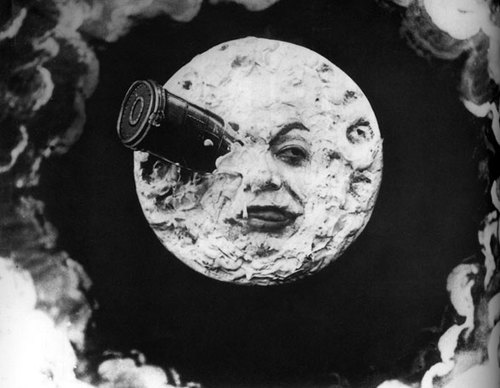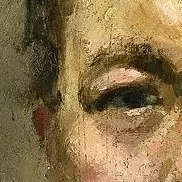Frantisek Kupka created this etching showing the influence of Symbolism in his Paris period. The dominant is a floating fruit enclosed in a circle and attached by an umbilical cord to a lotus flower. In this early-made painting, Kupka relied on religious images, especially Buddhism and Theosophy, to present general ideas of birth and renewal.
The lotus flower, an important symbol of femininity and sexual union, is depicted here as the source of life itself.
The circles are referred to the widespread practice of using halos, which in this work delimit the sacred space, emphasize that both the womb and the fetus are sacred.
The interconnected main elements stand out in muffled tones of the background, and the repeating forms evoke a feeling of movement and light up from the lotus flower to the fetus through the solar uterus. This emphasizes the importance of birth and growth and the role that women play in this.
https://thesketchline.com/en/pictures/the-beginning-of-life/
Kupka was a pioneer of abstract art and one of the first completely non-representational artists. Along with artists such as Mondrian and Kandinsky, his mature work formed the foundations for the development of modern art in the 20th century. Although many of his early pieces were figurative or contained realistic elements, he gradually evolved a purely abstract style, seeking to communicate ideas and beliefs without using recognizable imagery but instead conveying them through the use of line, form, and color alone. Whilst he was reluctant to be associated with any particular movement, Kupka worked closely with the Cubists and was instrumental in the development of Orphism, he also drew inspiration from the work of a wide range of other artists including those associated with Futurism and Fauvism.
You mean a floating fetus, not a fruit. Thanks for the Kupka!
It was a copy and paste. I thought it odd too, but I kinda liked it.



